Surely many times you have come across photographic terms that have sounded like Chinese to you . When one is immersed in photography, little by little one discovers the meaning of the different concepts, although sometimes we find definitions that are difficult to digest . That is why today I bring you a glossary of photographic terms explained in a simple way, many of them with links to more information in other articles on the blog.
I recommend that you keep this article close at hand, put it somewhere accessible, in your favorites, in your important topics folder or wherever you want, but, above all, if you have just arrived and are starting to learn photography, don't lose it of view (the link that I just left you either).
GLOSSARY OF PHOTOGRAPHIC TERMS
4k: standard for digital video resolution. Refers to various image formats that have approximately 4,000 pixels of horizontal resolution. There are also videos in 8k and 12k.
Aberration: it is an optical deficiency of the objective that materializes in defects in the image (they can be of color, shape, etc.) and affect its sharpness).

AF : autofocus or automatic focus, the camera focuses for you.
Reversing ring: ring that allows you to turn the lens and attach it to the camera to take photos closer to the subject. When purchasing it, take into account the diameter of the objective with which you are going to use it.
Aperture: beyond the debate as to whether it is an aperture or an aperture, it is a hole through which the light that reaches the sensor passes and is regulated by the diaphragm .
APS-C: Sensor format somewhat smaller in size than the full sensor in cameras known as Full Frame.
White Balance: A camera function that allows you to compensate for different colors of light. To learn more about the use of white balance you can read this article.
Exposure lock: button that allows you to lock a specific exposure. Allows you to change the frame and not vary the measurement. Depending on the brand, you will find it as an asterisk (Canon) or with the letters AE-L, AEL, AE Lock in most brands.
Bokeh: Blur effect achieved with large apertures.
Aerial: can refer to the angle (when shooting from above a subject vertically) or to the light, which comes from the same place, from above vertically.
High Key: lighting technique in which white and bright tones predominate.
Low Key: lighting technique in which dark tones predominate. Find out here how to achieve both high key and low key.
Exposure compensation: adjustments made to modify the parameters recommended by the exposure meter of the camera when the scene requires it.
Backlight: when the light source is in front of the camera and behind the subject.
Diaphragm: A mechanical device made up of blades inside the objective or lens that controls the amount of light entering through the aperture.
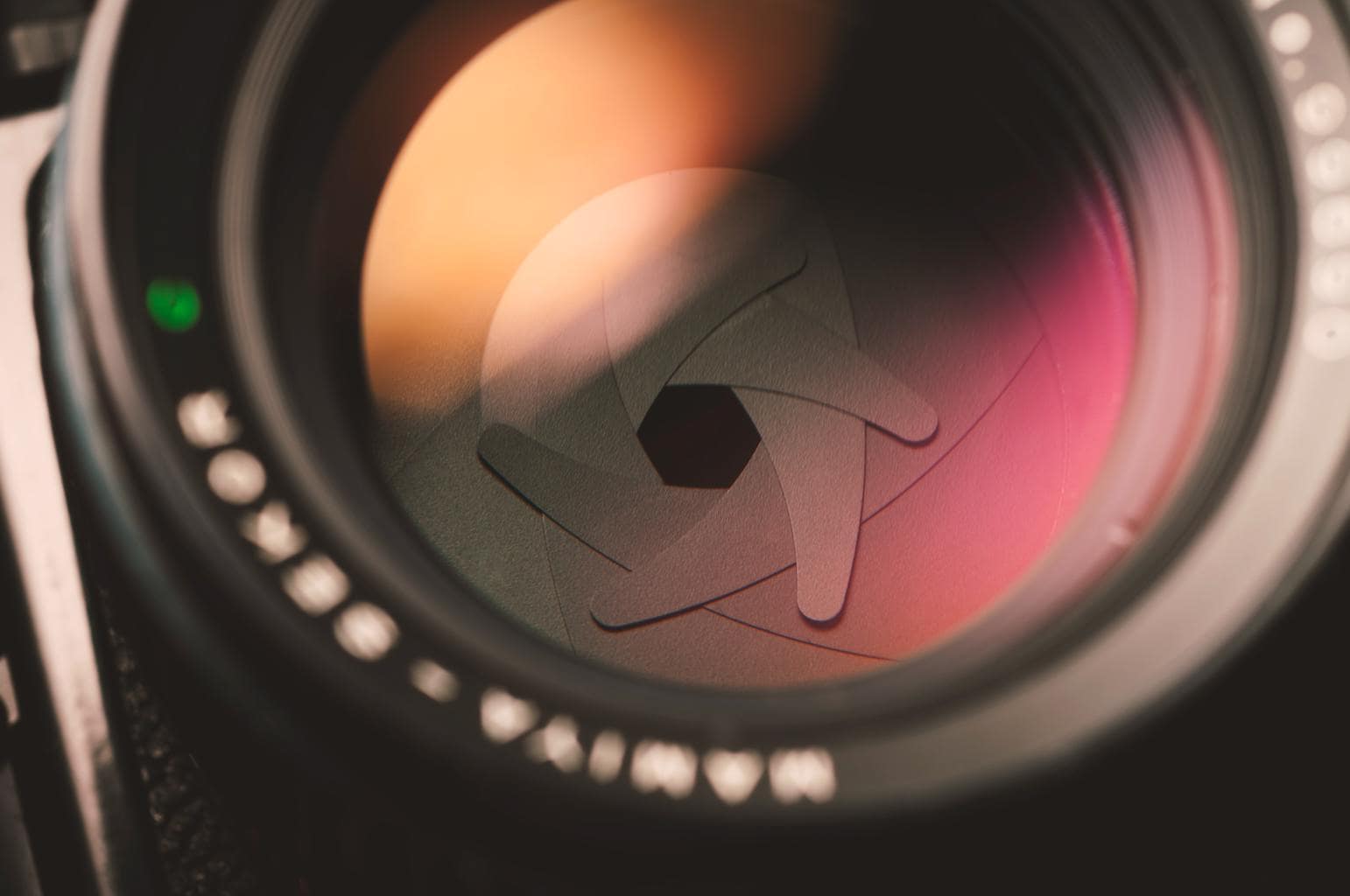
Diffuser: accessory used to diffuse the light and make it softer.
Self-timer: camera mechanism that delays the moment of shooting (most cameras allow a delay of up to 10s).
Remote release: accessory that is used to shoot from a distance, it can be wireless or by cable.
Focal Distance: Defined as the distance from the principal point to the focal point. Simplifying a lot, it refers to the scope of the objective. It is measured in mm and the higher its number, the more zoom it will be able to do and the less part of the scene it will capture. The smaller the number, the larger the captured scene angle will be. We better see it with a graph, but for more information on the focal length of your lens, take a look at this.
Distortion: distortion of an image produced by the lens. It can be barrel -shaped , the straight lines in an image appear to have a sphere shape); pincushion , same as barrel distortion but here the lines curve inwards ; Or a combination of both.
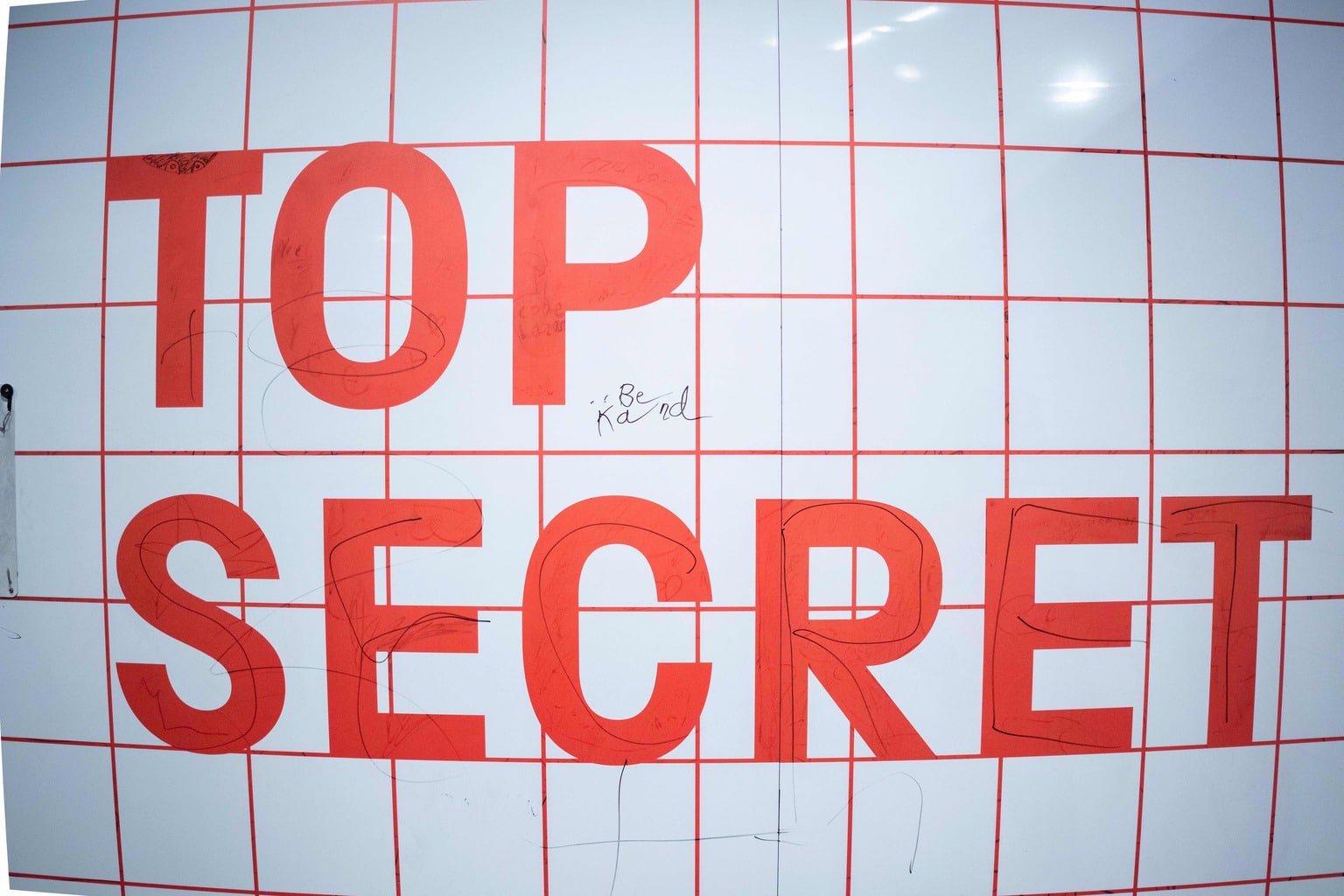
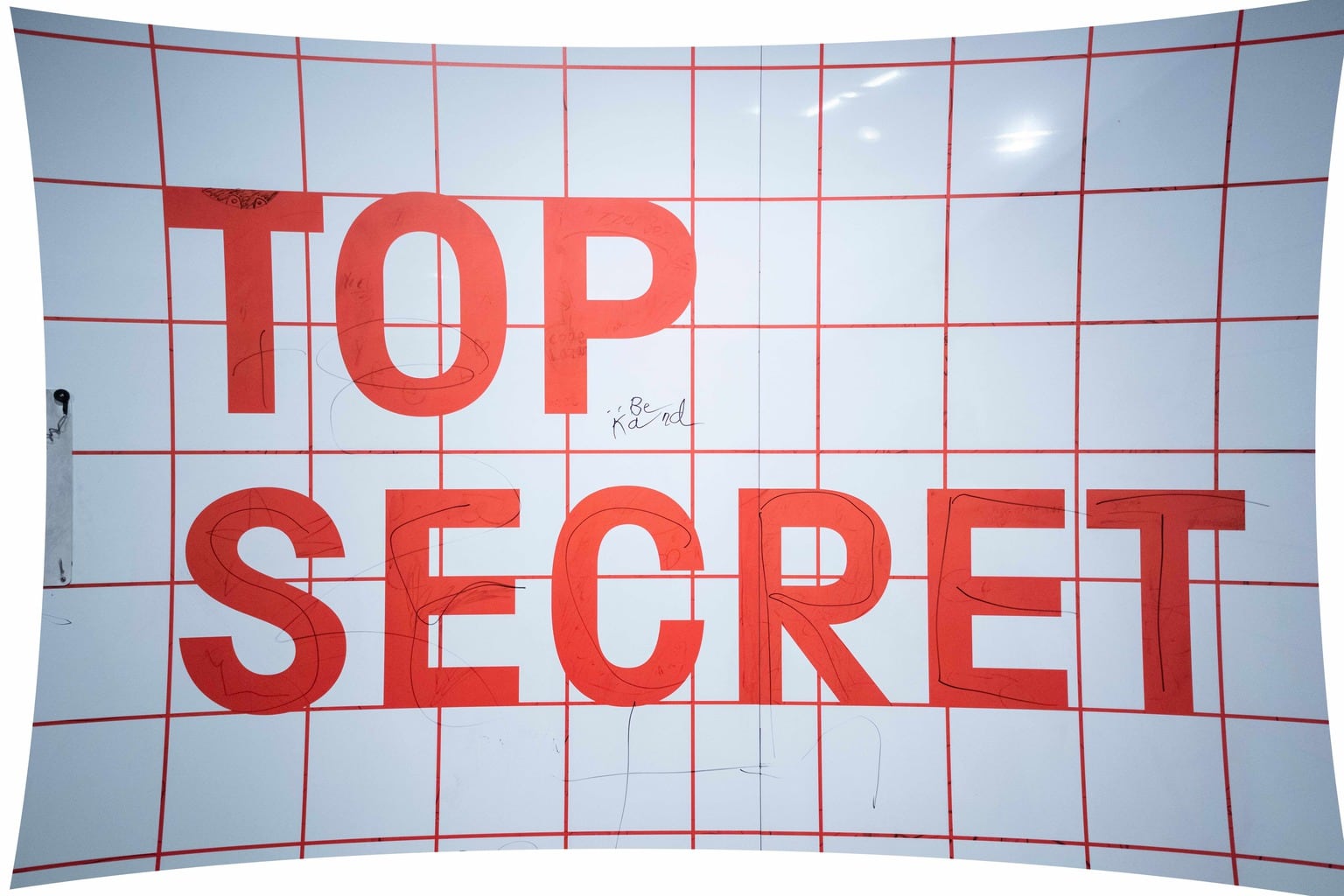
Double exposure: when two exposures are made on the same image. It can be achieved in situ with some cameras that have this option or in post-production, combining two images with some editing program.
Focus: action by which we achieve that the part of the photograph that we want to be clear is so. Answer all your questions about the approach by reading this article.
Parallax error: Parallax is the angular deviation of an object's apparent position, depending on the chosen point of view. When reframing, a parallax error occurs because the distance varies and blur occurs if using large apertures or when mounting a panorama.
Let's see these two examples graphically:
Grayscale: Synonymous with black and white. A grayscale image is made up of different shades of gray with different graduations, from the lowest tone (black) to the highest (white).
Color space: range of colors that your computer can represent, it is a standard list of coded colors.
Mirror: A mirror found in SLR cameras that regulates the path of light into the camera. It works by bouncing the light towards a pentaprism and this allows us to see the scene through the viewfinder.

Image stabilizer: a system that tries to compensate for small movements and vibrations of the camera so that the image that reaches the sensor remains stable while the shutter is open . It can be incorporated in the camera or in the lens.
EXIF: EXIF data contains information regarding the image and how it was taken, from date and time to settings used.
Exposure: Total amount of light reaching the film or camera sensor.
Exposure Meter: A device that measures the amount of light to determine the proper combination of shutter speed and aperture for optimum exposure.
Conversion factor: Also called crop factor , it is the ratio between the standard size of a full frame camera sensor (35mm) and any other sensor size. To go deeper into the topic of the crop factor, be sure to read this article.
Filter: circular or square-shaped lens that can be made of plastic or glass and that is placed in front of the lens to achieve different effects or manipulate the final image. Learn about the different types of filters that exist here.
Flash: device that produces a very intense light at the time of shooting. The external flash is not built into the camera and is placed on the camera's hot shoe or is placed away from it and is triggered remotely. Most cameras have a built-in flash that cannot be detached from the camera.
Fill Flash: Flash light used to fill in shadows.
Background: what is behind the main subject.
Photos per second: How many photos the camera can take continuously in one second when using burst mode.
Full Frame: Full frame sensor, equivalent to the classic 35mm format, larger than other camera sensors such as APS-C, but smaller than medium format camera sensors.
Wide Angle: Lens with a small focal length that allows a wide angle of vision to be covered.
Heic: The HEIC Format (High Efficiency Image Coding) is a high-efficiency image compression format introduced by Apple starting in 2017 with the iOS 11 or higher operating system. This format optimizes compression while preserving image quality.
Hyperfocal: The hyperfocal distance is the closest point that can be focused on for greater depth of field even at larger apertures. Find out here how to calculate the hyperfocal.
Histogram: A graphical representation of the range of tones, from dark to light, in a photograph. Find out how to read it and relate it to your image.
Bracketing: A technique that combines different shots to achieve better exposure, focus, etc. It is also known as bracketing.
Intervalometer: A device used to trigger the camera's shutter at predetermined intervals. Very useful for making time-lapses.
ISO: Numerical standard that measures the light sensitivity of an image sensor or film. The higher the ISO the camera captures more light, the lower the ISO less light, although all this ISO is somewhat more complex (but not difficult), otherwise it would be too simple.
JPEG: Most common file format whereby the camera saves the image with the settings it considers and which takes up less space than, for example, the RAW format.
Lens: optical device that transmits light to the sensor or film. It can be a zoom lens (with a mechanical assembly that allows the variation of the focal length and, therefore, the angle of view) or a fixed lens, which offers a fixed focal length.
Law of the horizon: composition rule that recommends not placing the horizon in the center of the composition, but leaving two thirds to the part that we most want to highlight.
Inverse Square Law: a law of physics that indicates that when the distance between a subject increases to twice the distance from a light source, then they will receive a quarter of the light. That is, the light does not decrease proportionally to the distance you move away from your subject. For example, if you increase from 1m to 2m away, being at 2m will not receive 50% of the light that it received at 1m, but 25%. If said like this it is still a bit complex to understand, in this article you have a more detailed explanation.
Lightpainting: English word that literally means painting with light. Painting with light is nothing more than using slow speeds to capture moving lights for an artistic purpose. To show a button.
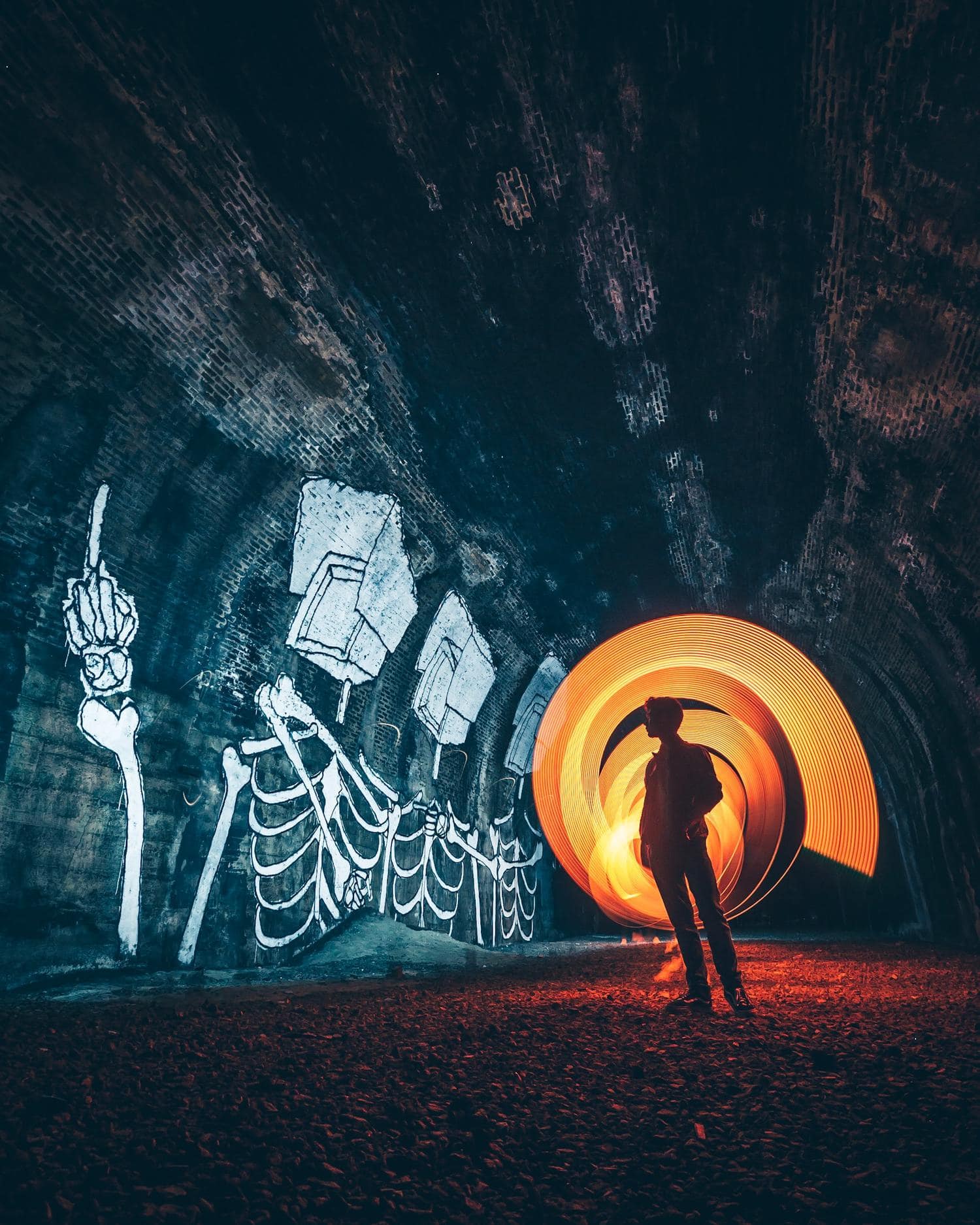
Live View: it is the mode that shows the scene in front of you on the screen and how it would look with the settings you have at that moment. Helps shoot from impossible angles where you can't look through the viewfinder.
Hard Light: Light that causes a sharp transition between shadows and highlights.
Incident light: light that reaches a subject or subject.
Reflected Light: This is the light that reflects off the subject and is measured by the camera's built-in exposure meter.
Soft Light: Diffused light that produces a smooth transition between light and shadow.
Macro photography: photography in which the photographed subject appears with a size equal to or greater than in reality. A macro photo magnifies the size. It is achieved with a macro lens or with other cheaper alternatives to macro lenses.
Light metering: process to measure the "amount of light" that a certain scene has in order to achieve a correct exposure, that is, it is not overexposed (burnt) or underexposed (dark). Depending on the type of scene and its lighting, one type of measurement or another is recommended.
MF: (Manual Focus ) manual focus, it is you who has to search for the focused point manually by turning the focus ring of the lens.
Moiré: visual effect due to an interference pattern that is produced by two repetitive elements or patterns that overlap. Sometimes occurs when shooting closely packed lines or small squares.
Monopod: accessory that serves to stabilize the equipment and that has only one leg.
Nadir: when referring to lighting, it means that the light hits the subject perpendicularly from below. When it comes to the shooting angle, it means that it is done from below and perpendicular to the scene.
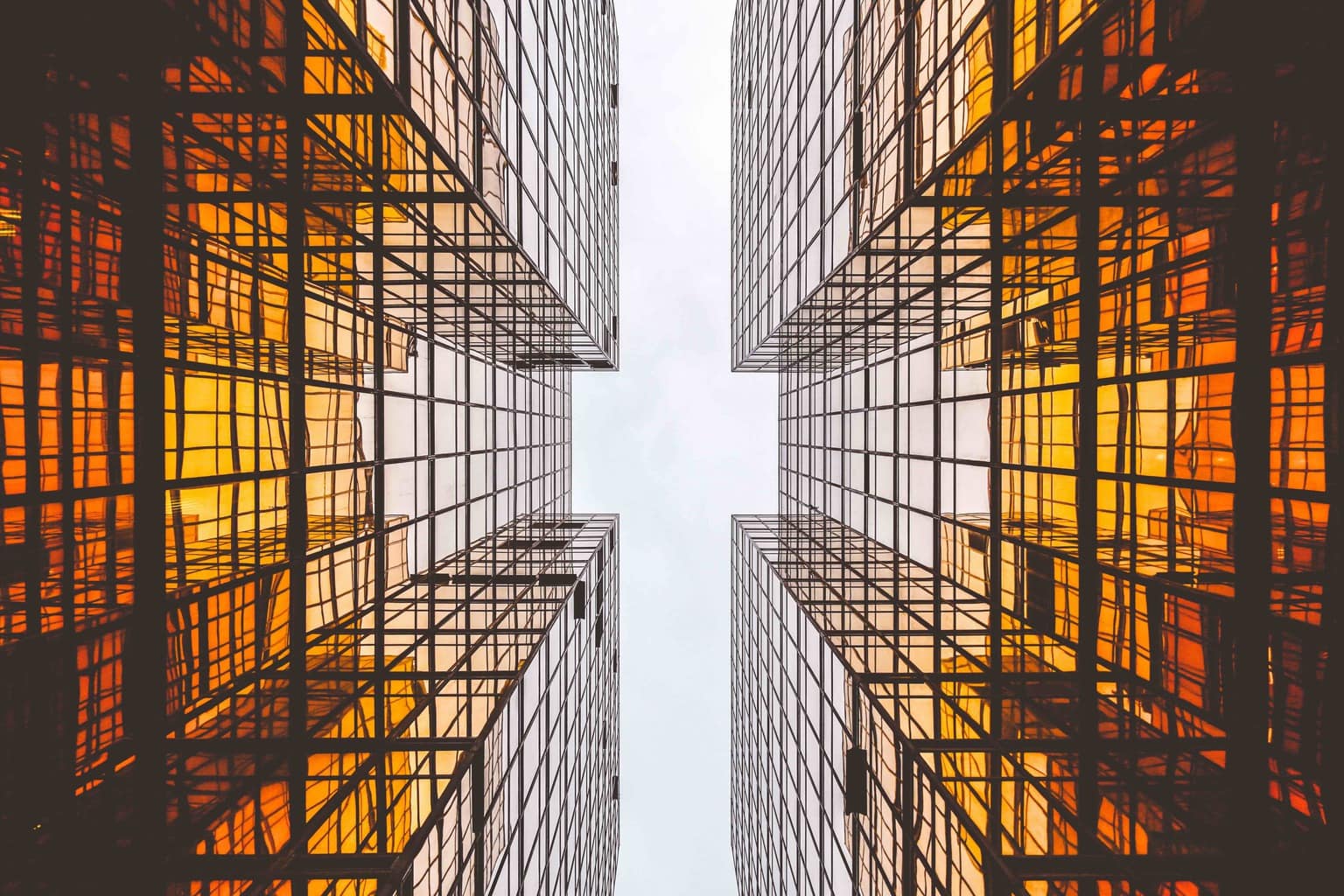
Guide Number: Indicates the power of a flash.
Shutter: A device that opens and closes inside the camera to allow light to pass through the camera body.
Fisheye: lens with a very wide viewing angle that causes large distortions with a very particular effect.
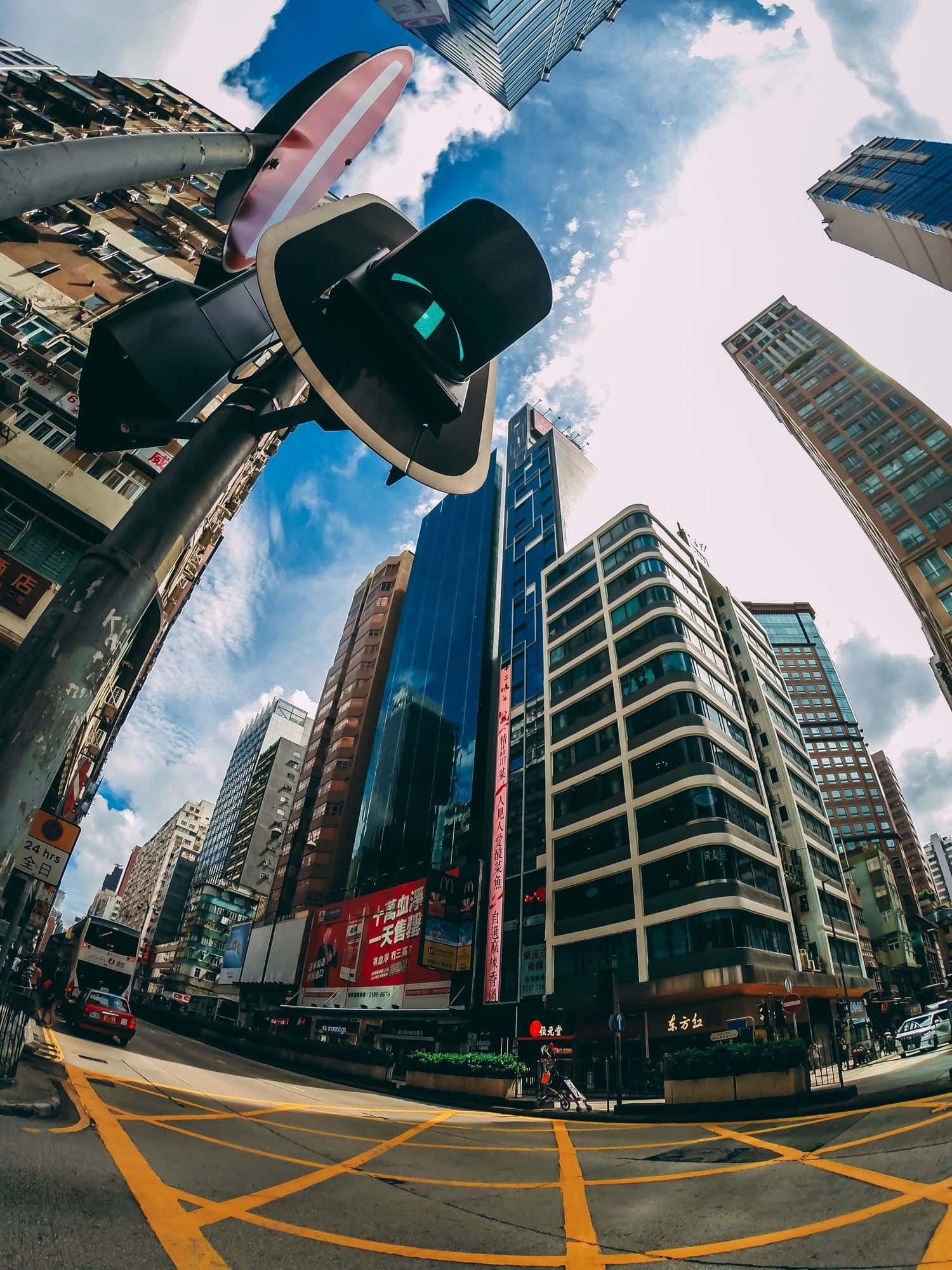
Lens hood: accessory that fits the lens and serves to prevent the sun's rays from sneaking into it (and protect it from blows).
Perspective: angle or point of view from which you take a photograph, a great photographic resource.
Pixel: basic unit of a digital image. They are those little squares that you see when you greatly enlarge an image on the screen.
Focal plane: in an analog camera it is where the film is, in a digital camera, it corresponds to the exact place in which the image is fixed. In the cameras it is marked with this symbol that you see on the right.
Depth of Field: Focused or sharp area of a photograph. Everything you need to know about depth of field can be found here.
Dynamic range: ability to capture detail in highlights and shadows within the same image. Depending on the camera model, it will be able to capture a greater or lesser dynamic range. To learn more about the subject, click here.
RAW: file format that collects raw scene information . That is, the camera does not perform any interpretation or compression of the image. This file stores much more information, so it takes up more memory. The RAW format, although it has its drawbacks, is the most recommended for later editing the images and getting the most out of their processing.
Reflector: accessory that serves to reflect light onto the subject. It helps to illuminate where the light does not reach naturally or to fill in the shadows. They come in different colors so that they reflect light with a certain hue.
Rule of thirds: photographic composition rule that recommends placing the main subject at one of the points of interest, which correspond to the intersection points originated by dividing an image into three parts both horizontally and vertically.
Resolution: number of pixels in an image. The higher the number of pixels, the higher the resolution and the larger the prints can be without losing quality.
Noise: Image graininess caused primarily by high ISO, but can also be caused by sensor heating in long exposures.
Saturation: color intensity.
Sensor: it is the heart of the camera. A sensitive element on which light is projected drawing an image that represents what our camera sees. The larger the sensor, the more light it can capture.
Overexposure: excess light in an image in which very white areas appear, without information (burnt).
Underexposure: When the sensor receives insufficient light and the image is too dark.
Telephoto lens: A lens that brings subjects closer even when they are far away, the angle of view is smaller, and it causes more blur.
Tone: brightness or dominant color. It also describes the full range of colors in a spectrum.
Tripod: accessory with three extensible legs that is used to fully stabilize the equipment and avoid shakes.
Shutter Speed: The amount of time the shutter stays open letting in light. At faster speeds, motion freezes, like a falling drop of water. With slow speeds, the movement of objects can be captured, leaving them blurred. Mario explains it very well in this video:
Vignetting: optical defect produced by some lenses. It is also used creatively in processing to focus attention on the subject of the image.
Viewfinder: device through which one looks to select the subject and compose the image. Discover here the difference between an optical viewfinder and an electronic viewfinder.
Flash Shoe: A structure on top of the camera that allows an external flash unit to be physically attached.
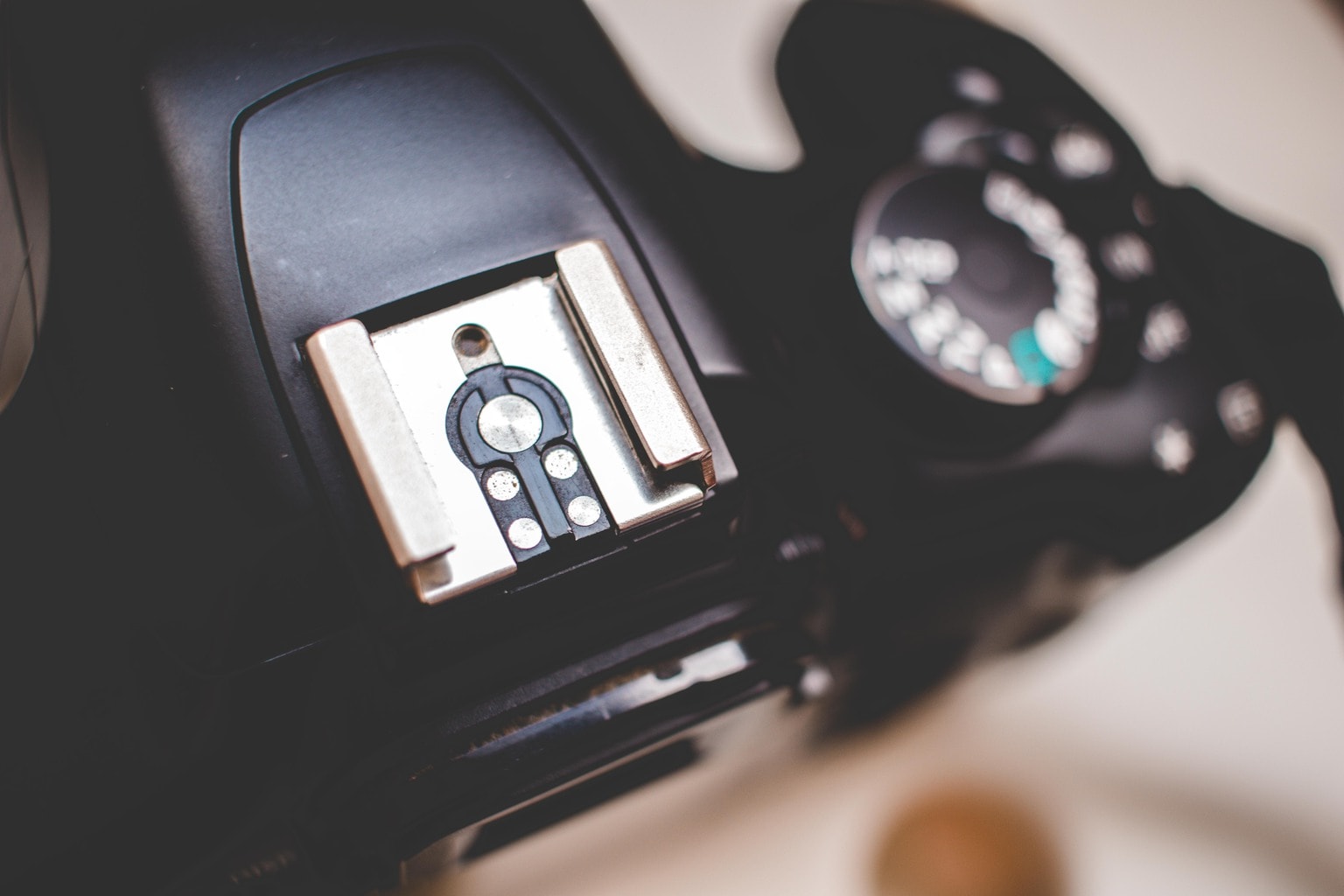
So far the glossary of basic photographic terms most used in this noble art.

![GLOSSARY OF PHOTOGRAPHIC TERMS (SO YOU DON'T MISS ANYTHING) [UPDATED]](https://photographychef.com/wp-content/uploads/2023/02/GLOSSARY-OF-PHOTOGRAPHIC-TERMS.jpg)
